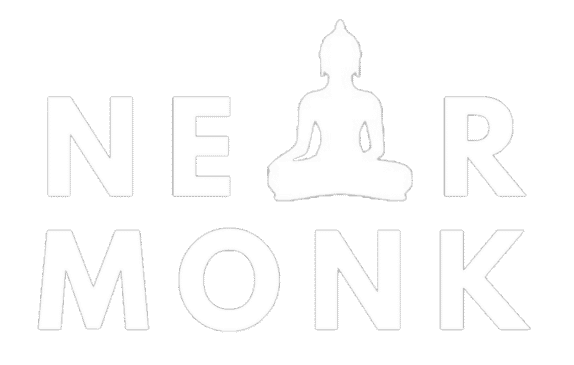This article is going to help you to develop effective communication techniques. Whether it is in a relationship or workplace, communication plays a vital role in transmitting our thoughts.
Communication is essential in today’s age. We have to express our ideas or opinions feelings and anything that has to do with giving and taking on the level of thoughts. Let’s understand multiple aspects of communication by understanding some crucial concepts as well as we will see the action-based steps to improve our communication skills.
What is Communication?
Communication is the way of transmitting information from one point to another. Human is a social animal; does he must communicate to be part of this social ecosystem. We don’t know everything, and hence it becomes necessary to share the knowledge that we have as well as seek the knowledge which we don’t have with us. Communication is a medium to accomplish this task.
History of Communication


Communication is the way of transmitting information from one point to another. Human is a social animal; does he must communicate to be part of this social ecosystem. We don’t know everything, and hence it becomes necessary to share the knowledge that we have as well as seek the knowledge which we don’t have with us. Communication is a medium to accomplish this task.
ARTICLE RECOMMENDATION
What is communication?
Communication has a history of 500,000 BC years. Our ancestors used to you communicate using sounds, then gradually they discovered the art of painting, and they started depicting their thoughts in the caves, rock art etc. However, it took use time span to develop the proper communication skills as we see today. From early scripts using symbols to alphabets, communication developed over the centuries. The effective communication techniques emerged due to the lack of impact in usual communication.
Types of Communication Skills
There are mainly two types of communication. However, there are many subtypes of it. The main idea of both the methods is to share information from one point to another.
1. Verbal Communication Skills
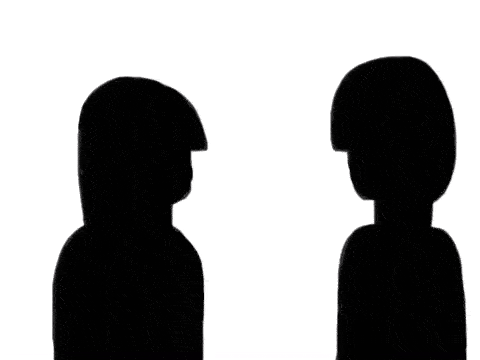

Verbal communication is all about speaking using words in such a way that the audience can not only listen to it but also interpret it in the proper way as intended by the speaker. A person giving a speech or talking on the telephone is an example of verbal communication. However, verbal communication skills include the following points. You can develop your verbal communication skills by following these techniques.
A. Be Clear
While speaking something, then you should have a clear voice because another person is going to listen to it first before integrating anything. If your voice is not clear, then it will be very much difficult for the other person or the audience to understand what you are speaking. If you are not clear and audible, then daddy might become teddy and so forth. Hence it is important to be to extremely clear while speaking. If you believe that you have some tension in your throat, then a glass of hot water would help to have a clear voice.
B. Choose Right Words
After having clarity in the voice, which is the basic medium, it is time to focus on the content. You always have to choose the right words. There is a popular saying that, a wound of a sword recovers quickly, but it takes time to recover from the wound of the tongue. Accuracy plays an important role while transmitting thoughts. Selection of right words helps the audience to understand the exact meaning of your reason for communication. There is a difference between the way we speak and the way we write, and hence it is important to understand what and how to speak. This is one of the effective communication techniques.
C. Listen Carefully
A good speaker is a good listener first. You have to listen before you speak because it improves your chances of meaningful conversation. There is no meaning in talking about irrelevant topics if you are expecting the effective communication. Listening carefully will give you knowledge about what and how to speak. It is a reciprocal activity where your communication has the opportunity to change the floor as per the real-time response of your audience.
2. Non-Verbal Communication Skills


Non-verbal communication means communication which is not part of verbal communication. It generally includes writing, artwork, expressions etc. However, every time it doesn’t need to be the writing or artwork. If you are sending a message to someone and the person is intensionally ignoring it, in that case, no reply is also a reply. This is an example of nonverbal communication. It includes the lines but some time it also includes the message hidden between the lines. The following tips will help you to improve your nonverbal communication skills.
A. Understand Actions
As we have seen nonverbal communication also includes the message sent in between the lines. It is most important to understand actions such as facial expressions, hand gestures and body language. A picture speaks worth thousand words. Similarly, an action reflects the meaning of a thousand words.
B. Understand the Language
Nonverbal communication is all about understanding and effectively using the language of that particular communication type. If you want to say bye, you can just wave your hands and the audience will understand that you were willing to say bye. This article is a type of non-verbal communication where I am writing the words without the use of sound.
C. Analyze Methods
To understand the intentions in the non-verbal communication you have to analyse multiple methods. It also includes reading the facial expressions where you can scientifically notice the response to your communication. If you are talking with someone and the other person is looking here and there without focusing on you then in such case, he is giving a message that he is not interested in whatever you are talking. This is his choice of responding using non-verbal communication.
Communication is the Key
You will notice that history is filled with the is personalities having good communication skills. Communication is the key to do anything. Do you know if any nation is declaring the emergency, what’s the first task of the army? Their task is to take over the press and block all the communication channels. This is because communication has a significant role in changing anything.
You can use communication skills effectively if you want to change and improve your life. However, communication skills are developed by actually practising it. If you want to have excellent communication skills, you have to keep practising it constantly.
Communication Problems
Lacking communication skills you can create problems. It can make things even worse if there are genuine intentions behind it. If you believe that you have some problems in your communication skills then you have to identify it and solve it as soon as possible because this is something that can have the negative impact on your positive work. The common communication problems are as follows
A. Lack of Paying Attention


We try to speak before listening and that creates confusion. Lack of paying attention is a common problem which causes unnecessary repetition and anarchy. One can simply solve this problem by paying more attention instead of rushing to reply. This is an obstacle while getting the information and due to the lack of right information your further action or reaction/response will not be as accurate as expected.
B. Wrong Interpretation
Any communication has some intention with it. If the audience is wrongly interpreting the intention then it defeats the intention of that particular communication. Hence, the right interpretation of any communication is necessary to understand the true meaning of the communicated message.
C. Ambiguous Message
Sometimes it happens that whenever you are trying to convey a message there is some ambiguity in that message. It means there is some confusion and it is not clear for your audience. Whenever you are trying to deliver any message, you have to be extremely clear about it and then only you are the audience will understand it in a way you are trying to convey. To remove all the ambiguous/confusing elements and focus on the main points.
Barriers to Communication
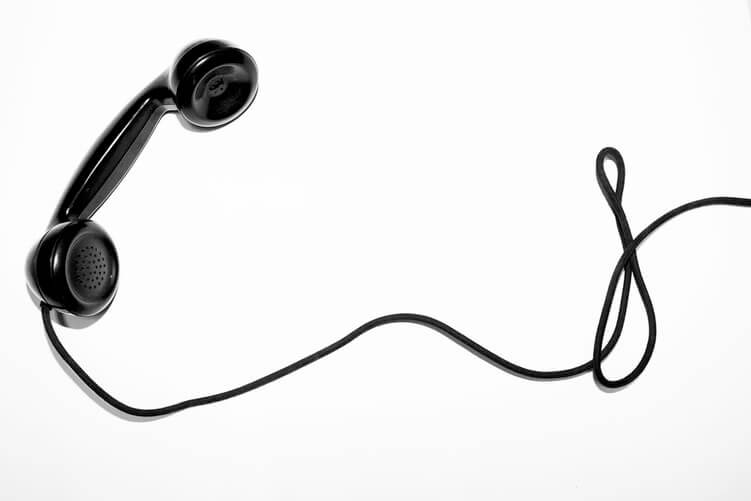

There are some barriers to communication which distracts communication and therefore it becomes difficult to seek and share information properly. We must understand the barriers to communication so that we can overcome those barriers and communicate without any distractions. Barriers to communication are as follows.
A. Wrong Medium
As we have seen there is a language for every medium and you have to adopt that language in order to deliver the information. If you are using the wrong medium then it will not fulfil the intent of communicator. For example, if you are on a voice call and you want to show your picture to the person available on the other side of the phone then it won’t work. In this case, you will have to use video call or send the picture through the internet. A defective medium is a barrier to the communication, this applies to every medium.
B. Barrier of Language
If you are totally in a new country and you don’t understand the local language of that country then it would be a barrier for you to communicate in such a condition. In this case, you will have to rely on nonverbal communication and communicate using gestures or expressions. Similarly, if you are trying to communicate who has issues in hearing, in that case, you will have to use gestures because the person can only understand the language of gestures in this case. Inability to communicate in the language which is required in certain conditions is a barrier of language.
C. Lack of Requirements
There are certain requirements for effective communication such as interest, intentions, content, communicators and audience. If there is a lack of any single element even, in that case, it would be considered a barrier to communication because the fundamental requirement is missing. You cannot communicate well without even a single element mentioned above.
7 Effective Communication Techniques
The seven effective communication techniques will help you to communicate in a better way and deliver your message as well as influence the audience in a way you are expecting.
A. Listen Before Speaking
Good communication is based on some information, you have to listen before speaking because it will give you a clear idea and information regarding the subject. For example, If someone is asking you a question regarding the possibility of cooking in a spaceship, you should not talk about your favourite recipe. You have to understand the intention of the of another person. In this case, this person is willing to expect the answer in the light of scientific possibilities of cooking and it is not is focused on the recipe of cooking.
B. Don’t Judge
Another effective communication technique is you not to judge anyone based on the appearance or are there communication style. The whole idea is to focus on the subject and facts about it. If you have any previous judgement in your mind then it will restrict you to think in a specific way. Therefore, a fresh mind is required to process the information. Don’t judge anyone and focus more on the content is a key to maintain freshness in the communication process.
C. Ethical Communication


Ethical communication means following ethics while communicating with anyone. For example, if you are having deep talks with any friend then you should not disclose it to anyone else. Maintaining privacy and trust of communication is necessary. This is called ethical communication where you do communication without crossing the boundaries of ethics.
D. Linear Model of Communication
A linear model of communication is one of the effective methods of communication because it is sent from sender to receiver. Whenever this process ends at the side of the receiver, the communication process is completed. This method is helpful especially in the case where you want to have uninterrupted communication and you don’t want to break your link. For example, If someone is giving important presentation he starts communication at the first slide and he ends it on the last slide. There is no disturbance in between but if the audience has some queries about it, the audience can not interrupt in between the presentation but can ask the questions at the end of it.
E. Respond Don’t React
This is one of the crucial factors while communicating with anyone. Whenever you are receiving information on incoming communication message from someone, you have to understand the intention of that person and process that information and then perform expected action or respond with it. This is called response and it is completely different from the reaction.
For example – If someone is angry at you, then maintaining a calm attitude and explaining your side is known as a response while getting angry at that person is known as a reaction. If you are looking to have effective communication then you have to respond and don’t react.
F. Catch the Signals
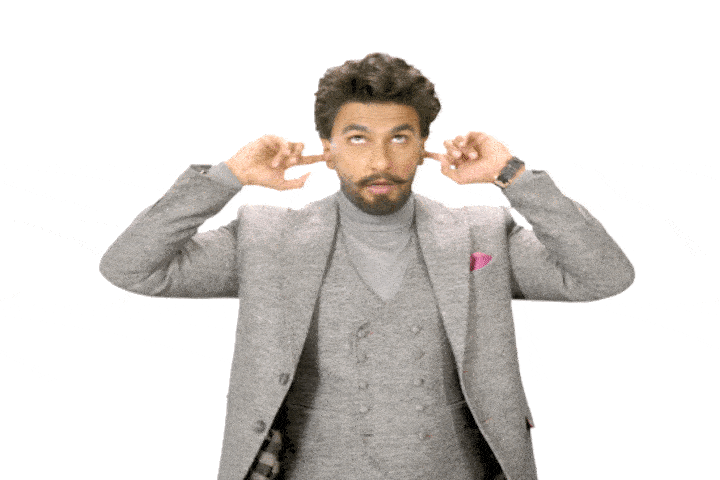

As we have seen there are multiple modes of communication, you have to understand and catch the signals while communicating with anyone. If you are talking with someone and if that person is not paying any attention or say he is intentionally ignoring you then it means that the person is not interested in having communication with you. This person is not directly telling you this through verbal communication but you have to understand these signals and act on it.
G. Have Clarity
Whenever you are willing to communicate any message or information with anyone else, the first step is to have extreme clarity about it at your side because if you are not convinced with anything that you are willing to communicate then it will not work effectively at all. You have to be clear about your intention, the words or method you are going to use, the language you are going to use and what will be the format of communication. It is crucial to focus on the content as it will be the main factor of your communication and if you are not clear about it the other person will not be interested in getting into communication with you.
BOOK RECOMMENDATION : 7L: The Seven Levels of Communication: Go From Relationships to Referrals
Effective Communication Techniques in Relationships


Communication is an important part of building, maintaining and growing relationships. These techniques will help you to have effective communication in relationships.
A. Have Trust
You have to maintain trust in the other person. It does not mean blindly accepting everything said by that person. Having trust on the person means you are giving that person the opportunity to speak and explain his side.
B. Think
You always have to think before speaking anything because as we have already seen that it has the power to hurt it more than that of the sword and hence and if you want to nurture the relationship, think about the words you are using as well as the method of your communication.
C. Give and Take


If there is a healthy give and take relationship then it helps both the persons to grow individually as well as it also helps to increase the bonding. This give and take might be something related to the topics of two similar interests or new topics that both the persons are willing to explore together.
D. Shifting The Focus
Most of the times pretty things such as ego overpowers the ability to think wisely. Therefore it is important to focus on solutions instead of focusing on issues. Effective communication in a relationship should have the solution-based approach in case of any miscommunication or problem-solving scenario.
ALSO READ : YouTuber as a Career Option to Earn Money
E. No Assumptions
There shouldn’t be any assumptions but facts should be the prime criteria while discussing anything. Assumptions lead to miscommunication and miscommunication leads to trust issues. In order to avoid this mess, we should focus on the facts. This technique will help you in the relationship for the long term.
F. Non-Verbal communication
Communication is the way of transmitting information from one point to another. Human is a social animal; does he must communicate to be part of this social ecosystem. We don’t know everything, and hence it becomes necessary to share the knowledge that we have as well as seek the knowledge which we don’t have with us. Communication is a medium to accomplish this task.
G. Respect Privacy
Simply being in a relationship doesn’t mean you have the right to interfere in the privacy of another person. One should respect the space of each other. While communicating with each other one should always remember that he is not pointing out the private matters because it will have a negative impact on the relationship itself. Even in some countries any conversation or confession between husband and wife is not considered as a legal statement because it is the private matter of both of them. Yes, there are some exceptions like cases related to domestic violence but to even in a legal sense the privacy is protected.
Effective Communication Techniques in the Workplace
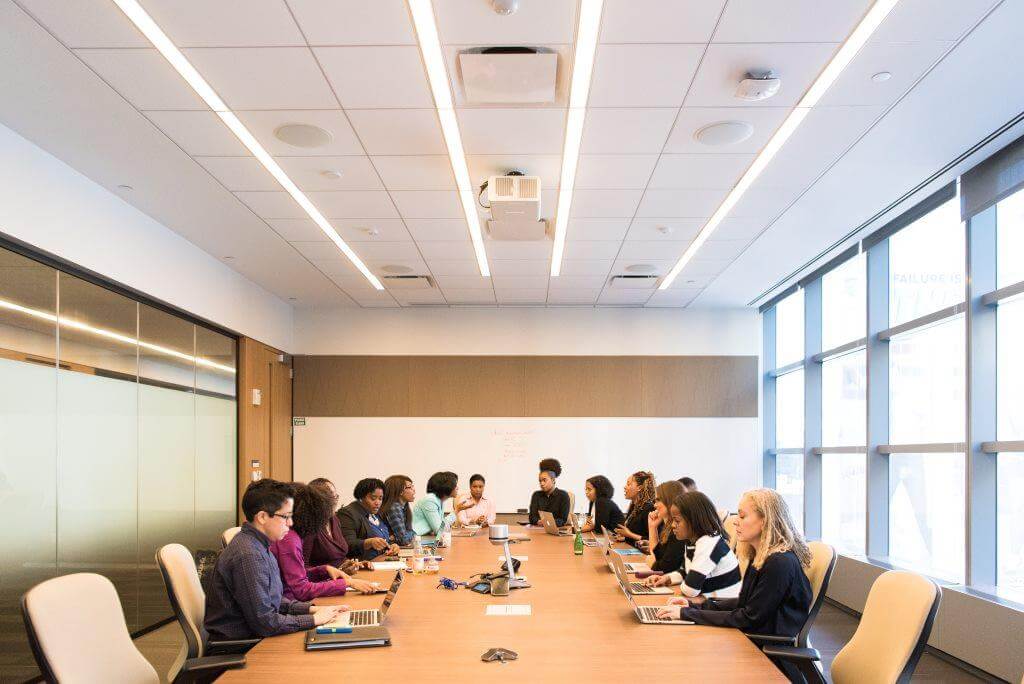

Apart from personal relationships we also have to work for a living and that comes under our professional life. Even if it is a professional life, communication is still a vital part of it because ultimately it is a relationship of some kind. Let’s have a look at effective communication techniques in the workplace.
A. Don’t Communicate Unnecessarily
Communication is the way of transmitting information from one point to another. Human is a social animal; does he must communicate to be part of this social ecosystem. We don’t know everything, and hence it becomes necessary to share the knowledge that we have as well as seek the knowledge which we don’t have with us. Communication is a medium to accomplish this task.
B. Communicate to the Point
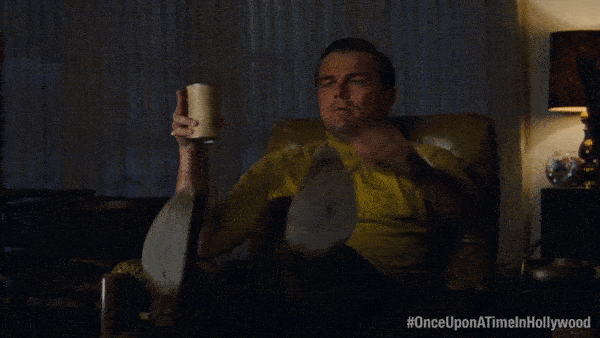

The biggest capital for businesses is not money, it is the man-hours and hence as a part of it, you have to respect it. Always keep your communication to the point and don’t add include any other relevant information. This will save a lot more time for you as well as other people who are the part of that communication.
C. Reporting / Decision Making
Companies have many businesses to do at a time, there are multiple departments and it is difficult to measure it if there is no proper reporting. Reporting brings information and current status of the company, it helps top management in order to make decisions. You have to ensure that you are timely reporting as per the already discussed interval. Regular reporting is an important part of communication while working in such an environment.
D. Have a Clear Intent
Communication is the way of transmitting information from one point to another. Human is a social animal; does he must communicate to be part of this social ecosystem. We don’t know everything, and hence it becomes necessary to share the knowledge that we have as well as seek the knowledge which we don’t have with us. Communication is a medium to accomplish this task.
E. Respect Professionalism
While working in a professional environment you have to respect the professionalism and always respect the boundaries of personal and professional life. In communication, using professional language and clear intentions helps you to maintain professionalism. Never cross-professional life boundaries because it might affect the quality of your work as well as it might affect the perception about you in the professional environment in which you are working.
F. Confidentiality and Transparency
You have to respect confidentiality because corporations invest millions of dollars in collecting the information and build and maintain the research and development team. If there is anything confidential, then you have to maintain the confidentiality of it even in the internal communication where it is not necessary to mention any information about it. On the other hand, if you are working on something, you also have to maintain transparency. Make sure that you are not maintaining the transparency on the cost of revealing confidential matters where you are supposed to maintain the confidentiality of those matters.
G. Build Connections
Even if you are a part of the professional ecosystem, you are not a robot. As a human being, you should always build new connections in a professional manner where it will be fruitful for both of the persons involved in the connection. There is a thin line between crossing the professional boundaries and maintaining and building healthy professional connections.
Conclusion


Communication is something that helps us to seek and share ideas. There are mainly two types of communications, first one is verbal communication and second one is non verbal communication. Being clear, choosing the right words and listening carefully are important factors in verbal communication whereas understanding actions, understanding the language and analysing the methods are the important factors in the non verbal communication.
There are some problems in common communication such as lack of paying attention, wrong interpretation & ambiguous or confusing message. On the other hand there are some barriers of communication such as defective medium of communication, barrier of language and lack of required factors.
There are 7 effective communication techniques, those are as listen before you speak, don’t judge, have the ethical communication, linear model of communication helps to you have uninterrupted communication, respond don’t react, catch the signals, have clarity.
We went in deep and saw to effective communication techniques in relationships such as have a trust, think, give and take, shift the focus on solutions, don’t assume, also include non-verbal communication and respect privacy.
We also have professional relationships and effective communication techniques in the workplace are, Not communicating unnecessarily, having to the point communication, regular reporting, having a clear intent and call to action, respecting professionalism, maintaining confidentiality and transparency and building connections.
As I always mention below the article, share your opinion because two-way communication is important to have a fruitful outcome for everyone. Comment below with your opinion on this article and share your practices to improve communication skills. It will also help other readers in order to improve their communication skills.
Featured photo courtesy – Joshua Ness
Professional Disclaimer : The Site cannot and does not contain medical/health advice. The medical/health information is provided for general informational and educational purposes only and is not a substitute for professional advice. Accordingly, before taking any actions based upon such information, we encourage you to consult with the appropriate professionals. We do not provide any kind of medical/health advice. THE USE OR RELIANCE OF ANY INFORMATION CONTAINED ON THE SITE IS SOLELY AT YOUR OWN RISK. This site is protected by reCAPTCHA and the Google Privacy Policy and Terms of Service apply.
Nearmonk.com is a participant in the Amazon Services LLC Associates Program, an affiliate advertising program designed to provide a means for sites to earn advertising fees by advertising and linking to Amazon.com. We may earn a small commission for our endorsement, recommendation, testimonial, and/or link to any products or services from this website.

